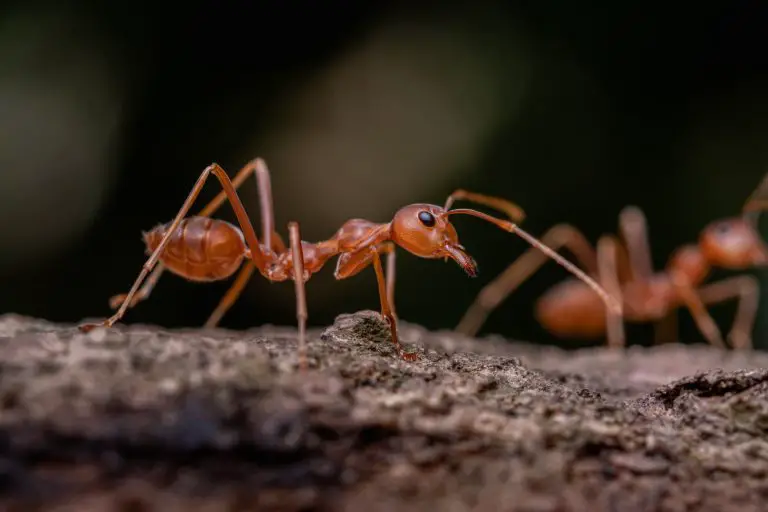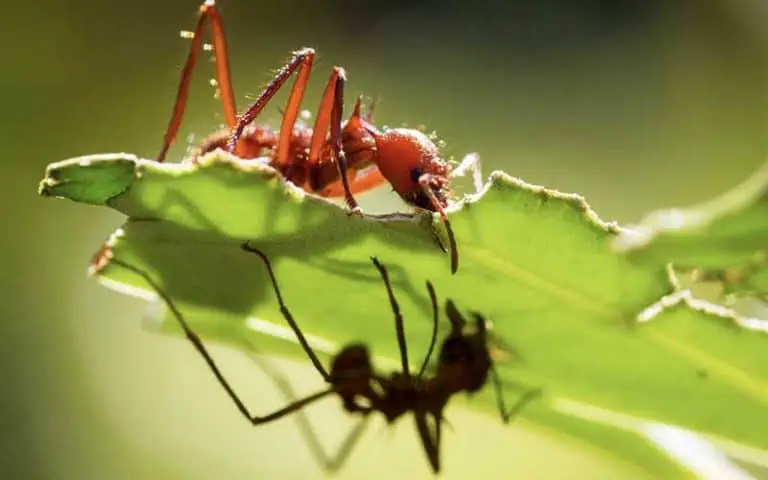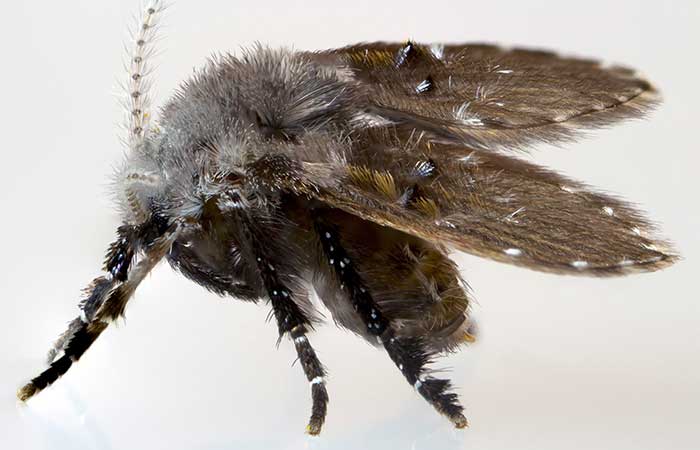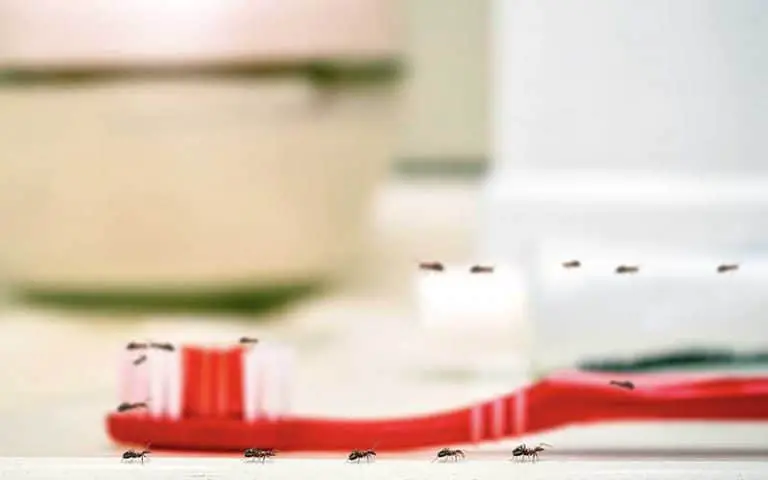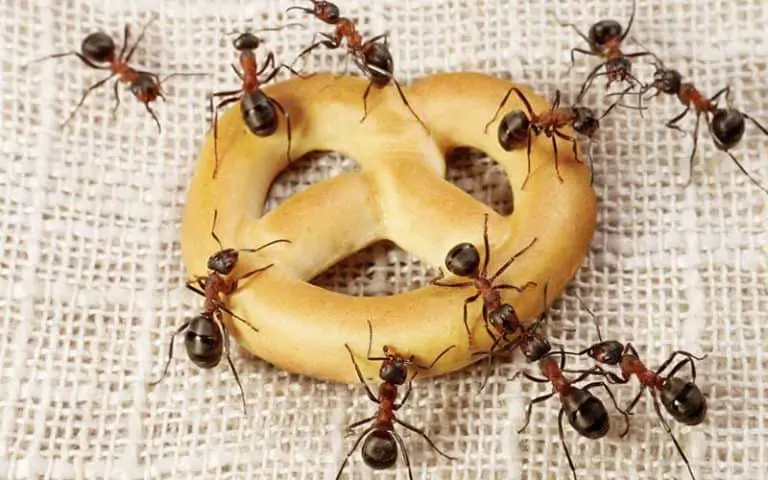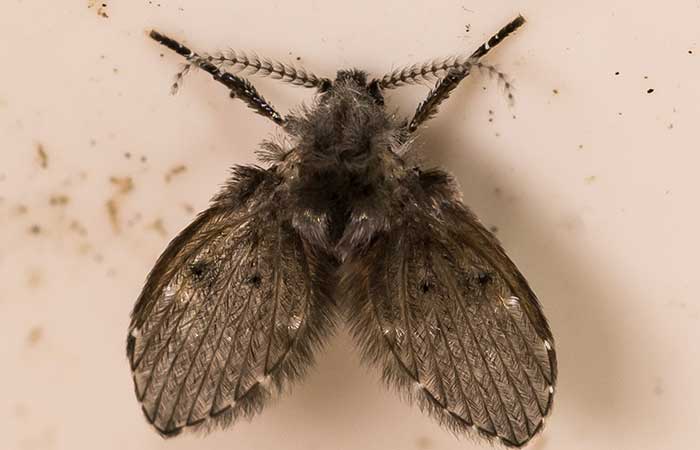Does Diatomaceous Earth Kill Ants? How to Use It
Ants, whether they are stealing crumbs from your kitchen, chomping through the plants in your garden, bothering you at a picnic, or anything else, can be more than a minor nuisance. They can end up being a major irritation.
While it’s true that they do have a very valuable role in nature, this is a case where a little goes a long way- especially if they are invading your home and property.
There are plenty of strategies that can be used for eliminating these pests – from stomping them with your feet to covering your lawn in dangerous chemical pesticides.
However, in order to eliminate them from your property, you need something more effective than stomping them and less dangerous than chemicals.
This is where diatomaceous earth comes in. This option is affordable, effective, and easy to use.
What is Diatomaceous Earth?
Diatomaceous earth, or DE, is a naturally occurring material that can be used for a variety of pest control and home care purposes. This fine white powder was originally discovered in Germany sometime around 1836. However, it was not used as a pesticide until 1960.
The name comes from the base diatoms, which is a form of unicellular microalgae that is found in bodies of water all around the world.
The skeletons of these microalgae are made of silica. When they die, the skeletons begin to break down and the silica accumulates in the sediment, creating deep pockets of DE.

Approximately 20% of the oxygen on earth comes from these diatoms. This means that even before we began to use their fossils to eliminate pests from our living areas, they were already doing a lot for those of us who live here on earth.
Since it’s a natural mineral, diatomaceous earth never expires or becomes ineffective over time. All you have to do is make sure that it’s kept clean and dry and it can be used for thousands of years.
Pest Control that is Safe, Natural, and Organic
What makes diatomaceous earth different than other pesticides is that it works mechanically not chemically. It is a natural mineral and contains no harmful chemicals.
It is certified organic by the Organic Materials Review Institute, or OMRI. Of course, there are a few artificially treated variations that are the exception to this rule.
DE is not toxic to animals or humans. The only reason it can kill insects is because of its small size and soft exoskeletons. In fact, most of the DE on the market is “food-grade” which means that it is safe for consumption.
The truth is you probably have consumed it at some point in your life! It’s a common ingredient in lots of foods, hygiene products such as toothpaste, and even some medications.
Additionally, it’s a common component of dynamite – however, hopefully, you’re not going around eating dynamite on a regular basis.
Does Diatomaceous Earth Kill Ants?
Yes, diatomaceous earth is effective for killing ants, but its usefulness for eradicating them varies from one species to another. Additionally, it’s been known to kill scorpions, ticks, bedbugs, spiders, mites, and more.
The commonality between these is their exoskeleton. You’ll need a completely different product to control a rodent population.
You can use diatomaceous earth to get rid of black house ants and carpenter ants who have made their way into your home.
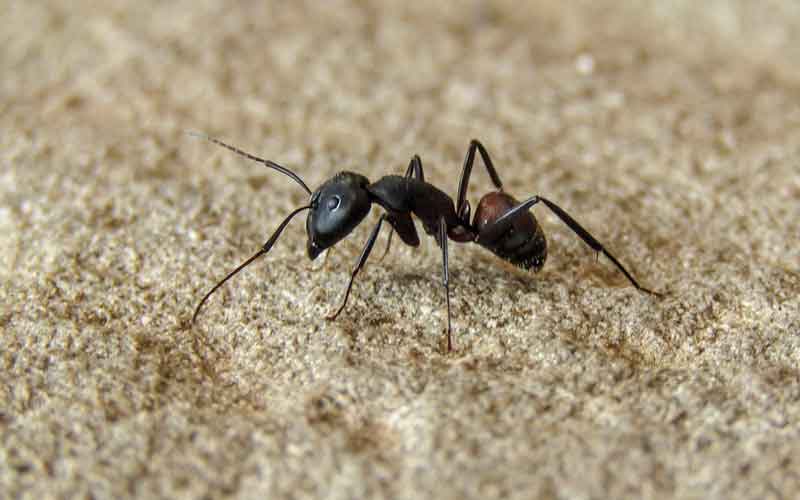
How Does DE Work?
Though the word is a mouthful to say, DE is not consumed by the insects it kills. Instead, the grains of this powder are coarse, sharp, porous, and deadly.
These grains will stick to the oily exoskeletons of the insects and cut through the cuticle. Then, the moisture and fats within the body are absorbed. This causes the insect to dry out and they ultimately die from dehydration.
Since this is not a chemical process, but a physical one, the ants and other insects are not able to develop resistance against it.
Of course, this mineral is only deadly on a microscopic level. This means it’s a harmless powder to humans and animals that feels soft. The only time it becomes razor-sharp and deadly is when it comes into contact with insects.
DE is a lot like beach sand which is also made of silica. You can rub a grain of sand around on your fingertips and feel how sharp it could be – DE is like this for insects, only on a much more deadly scale.
How to Use Diatomaceous Earth to Get Rid of Ants
As we have mentioned, diatomaceous earth is very effective when it comes to eradicating ants from your home – both indoors and out. Many times, it’s applied by sprinkling by hand – but it doesn’t have to be.
Since it’s safe and versatile, you can use the most convenient method of application for you: salt shaker, mixed with water in a spray bottle, flour sifter, paintbrush, turkey baster, or anything else you can think of that you might want to use to apply your DE.
Of course, no matter what method of application you choose, you must be cautious when applying this pest control treatment. Though it’s harmless, it is a fine powder that can potentially cause irritation to your lungs, skin, and eyes.
Therefore, it’s a good idea to wear gloves and a dust mask when handling it, just to be on the safe side.
Also, make sure that you are only using food-grade diatomaceous earth for pest control purposes. This is because other types, such as pool-grade, can be dangerous for humans and animals as well as ants.
How to Apply DE for Indoor Pest Control
The fact that you can use it safely indoors is one of the major advantages of DE over chemical pesticides. It is not harmful to pets, or children, and won’t damage most furniture.
Of course, you’ll want to make sure to be careful when spreading over surfaces that can be scratched and avoid applying near computer fans.
Figure Out Where to Apply the DE
You should be applying diatomaceous earth near cracks where ants have entered your home, areas where they are gathering, along their trails, and anywhere else you want to keep them out of.
You may need to follow a few of them to get an idea of where they are coming from.
Sprinkle a thin layer of the DE around the areas/trails you’ve discovered. If you wish to be more thorough, it might be a good idea to also apply along with other possible entry points including baseboards, windowsills, thresholds, etc, even if you’ve never seen ants in those areas before.
If you happen to see a group of ants, go ahead and dust them with the DE and build a perimeter around them with the powder.
Then, wait a couple of days and check the areas you treated. If ants are persistent and find ways around the DE, reapply as necessary.
Cleaning Up After Treatment
Once the ants have been eradicated, you’ll need to carefully clean up the DE and take steps to make sure the treatment has been effective.
If possible, get your hands on a shop vac, as the filter in your home vac could get clogged by the DE and ultimately damage your motor. If you only have a home vac, you’ll want to clean the filter a few times as you’re vacuuming.
You may also wish to use a mop or a damp towel to soak up any diatomaceous earth that remains. Though this process is a bit more tedious, it will keep the dry powder from being dusted up into the air and settling in other places.
Finally, once you have gotten the powder all cleaned up, take the time to wash the surfaces where you noticed ants gathering to get rid of any pheromones that might be left behind. If you don’t, you could end up attracting more ants.
How to Apply DE for Outdoor Pest Control
Diatomaceous earth is not only effective for treating a pest infestation indoors but also for treating pest infestations outdoors too. Plus, if you treat them while they are outside, you may keep them from coming inside.
One of the best ways to be proactive and keep them out is to spread the powder 6 to 12 inches out from your doorways, plants in your garden, and cracks in your foundation.
Of course, there is one caveat when using DE outdoors for pest control – moisture. This substance only works when it’s dry. Therefore, if the forecast calls for rain all week, there’s no reason to spread it because it’s not going to do what you need it to.
On the other hand, since it will be effective once it dries out, you can create a spray by mixing diatomaceous earth with water to apply it. This is a great way to apply it outdoors, as you can spray areas that are exposed instead of sprinkling powder that could end up getting blown away.
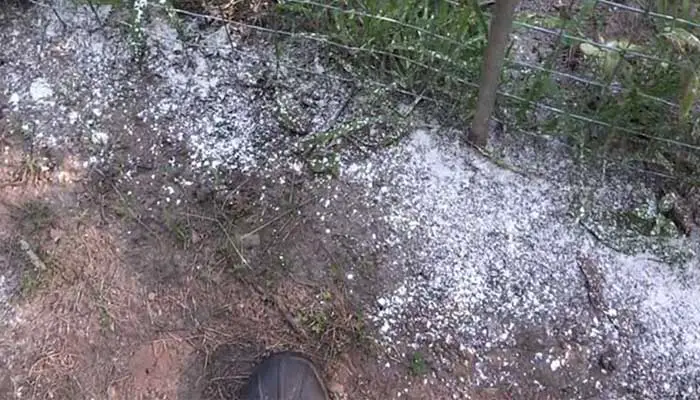
Once the spray dries, the DE sticks and will be just as effective as it was before. The magic combination is 4 tablespoons of DE to 1 gallon of water. When applying, don’t apply sparingly. The more you apply to a particular area, the more DE you’ll have there when it dries, which means it will be that much more effective.
Of course, if you’re sprinkling the dry powder, you will want to avoid damp areas, as this could dilute the DE and temporarily disable its pest-killing powers. Keep in mind that for this reason, it might be that much more difficult to kill ants that are congregated near water.
If you decide to apply the diatomaceous earth outdoors, you will need to be doing it regularly, once a week at the most, due to the natural scattering done by rain and wind.
How Effective is DE for Killing Ants?
If you have a full-blown infestation, you should be aware that it’s likely to take a few days for DE to eradicate them.
Additionally, the efficacy of DE depends on a variety of factors, including:
- Size/species of ant
- Dampness of soil
- Temperature
- Humidity
- Other factors
Typically, you can expect diatomaceous earth to kill red ants in about 16 hours.
However, black ants are a little tougher to kill. The DE may take approximately 24 hours to kill them.
Conclusion
Diatomaceous Earth is safe to use around humans and pets, as long as you use food-grade DE. Other grades, such as pool grade, can be harmful. Still, you’ll want to be careful when you are applying this pesticide – you don’t want to inhale it, so make sure to wear a mask while working with it.
If you have a major ant infestation, it’s going to take some time to get it under control but DE is definitely one of the safest ways to do it.
Anything worth doing is worth taking the time and effort to get right!

